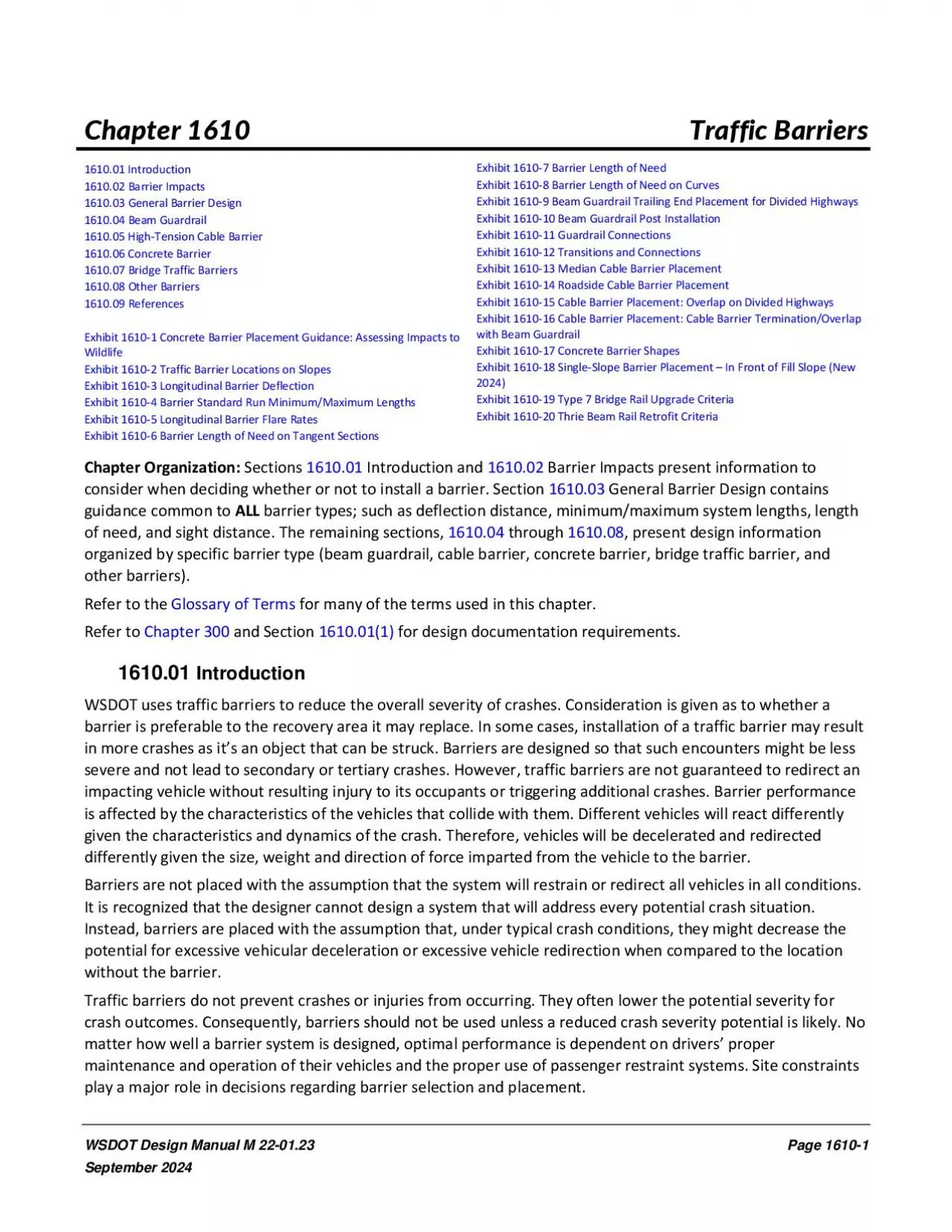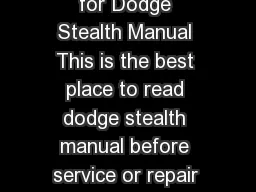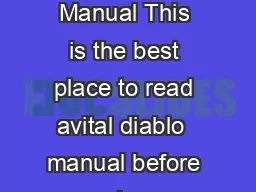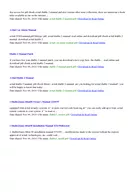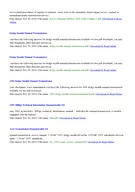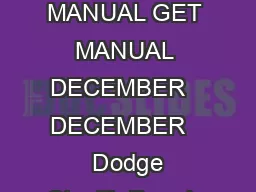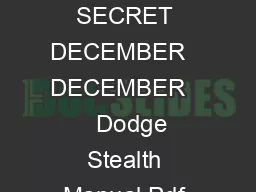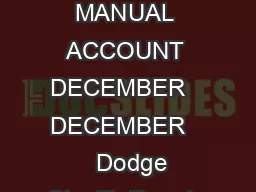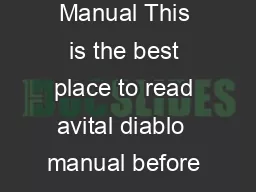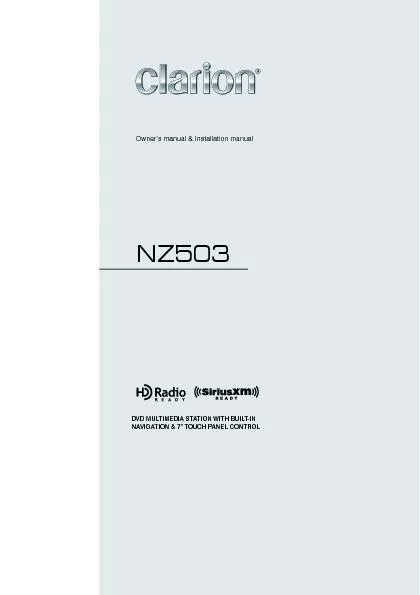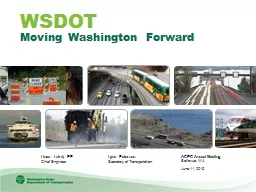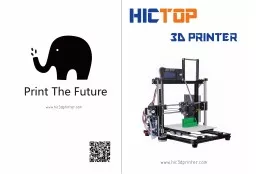PDF-WSDOT Design Manual
Author : madeline | Published Date : 2021-09-25
M 220120Page 16101September 2021Chapter 1610TrafficBarriers161001 Introduction161002 Barrier Impacts161003 General Barrier Design Considerations161004 Beam Guardrail161005
Presentation Embed Code
Download Presentation
Download Presentation The PPT/PDF document "WSDOT Design Manual" is the property of its rightful owner. Permission is granted to download and print the materials on this website for personal, non-commercial use only, and to display it on your personal computer provided you do not modify the materials and that you retain all copyright notices contained in the materials. By downloading content from our website, you accept the terms of this agreement.
WSDOT Design Manual: Transcript
Download Rules Of Document
"WSDOT Design Manual"The content belongs to its owner. You may download and print it for personal use, without modification, and keep all copyright notices. By downloading, you agree to these terms.
Related Documents

